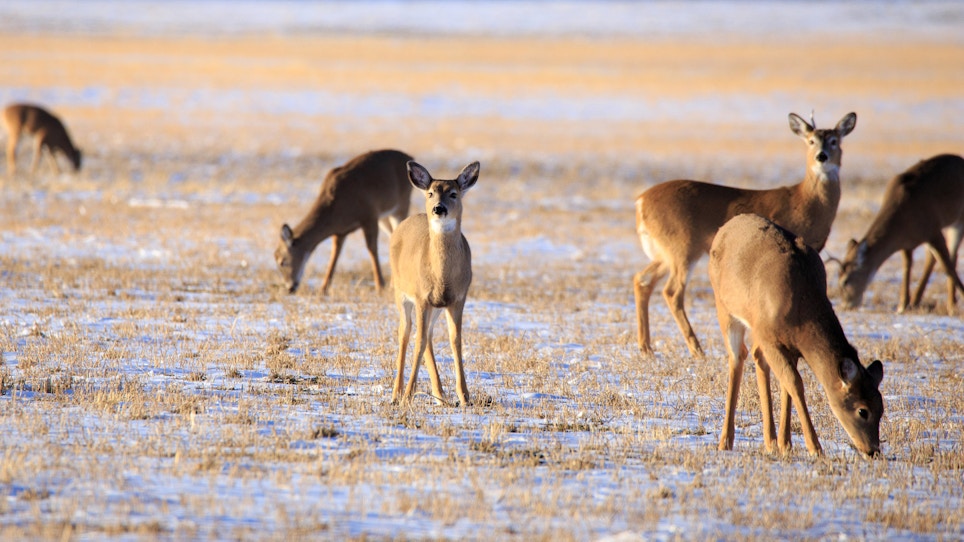You hear it all the time. Hunters shoot that inferior-antlered, 2-year-old buck to improve overall herd genetics and grow bigger bucks. However, unless you are in a small-fenced enclosure, you can’t improve or control genetics. So what can you do to improve the size of the bucks on your land?
Related: Hunters From These 5 States Harvested More Mature Bucks
Tips to Grow Bigger Bucks on Your Property
- Antler abnormalities can’t always be blamed on bad genes. Most “antler deficiencies” are injury related (I.e., if a buck injures his antlers while in velvet, the fully developed antler may appear inferior). Poor antler development can also occur if the buck has a front-shoulder injury. If that injury is bad enough, the antler on the opposite side will not develop normally. Again, that deformity has nothing to do with genetics. If the buck recovers sufficiently, the next year his antlers will be normal.
- About 70 percent of all yearling bucks leave their home range in the spring or fall and never return. We now know that older bucks do the same thing. One study found that half of them never returned after leaving their home range. So, you can shoot what you believe are inferior bucks because of their antlers, but other bucks disperse from far away, and some will end up living on your property. The simple truth is that culling “inferior” bucks to promote bigger bucks never ends. Plus, research shows that it won’t improve antler quality in an area.
- Ensure there’s enough good-quality food to go around. Poor nutrition can lead to poor antlers. Even a lack of rain can result in bucks with inferior racks. When high deer numbers lead to an over-browsed habitat, you can have bucks with sub-standard antler growth. Of course, there is another obvious reason — the doe. If bucks can have an antler gene problem, then does can, too.
- Practice quality deer management (QDM). QDM strategies are aimed at improving the overall health of does and bucks. This can be done in several ways. You can harvest does to bring the buck-to-doe ratio closer to 1:1 or 2:1. You can also improve the sex ratio and — to improve the age structure — is to pass up yearling bucks. The end result is to get a balanced buck-age structure. In most situations, this means you will end up with a higher number of older bucks than before simply because the age structure is now in balance. Because you let the yearlings live, they are bound to have better antlers at age 2, 3 or 4. And you’ve harvested more does, so any over-browsed situation is reduced and nutrition is better, resulting in healthier deer.
- If you get the sex ratio close to 1:1, the dispersal rate for your yearling bucks drops significantly. Some leave, and you’ll get some newcomers move in from surrounding areas, but with QDM lots of the yearlings stay home. If you’ve provided good habitat on your property with good feed and good cover, then your yearlings should have better antler potential than those that come to your property from elsewhere.
A recent study calls many of these tips into question. We take a look into what the study means here.






